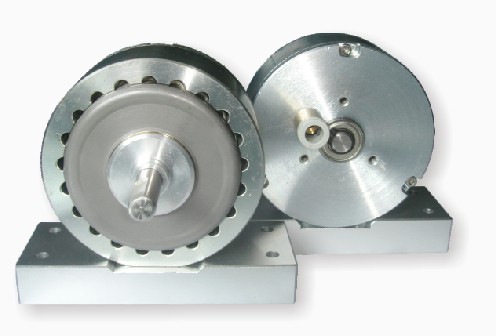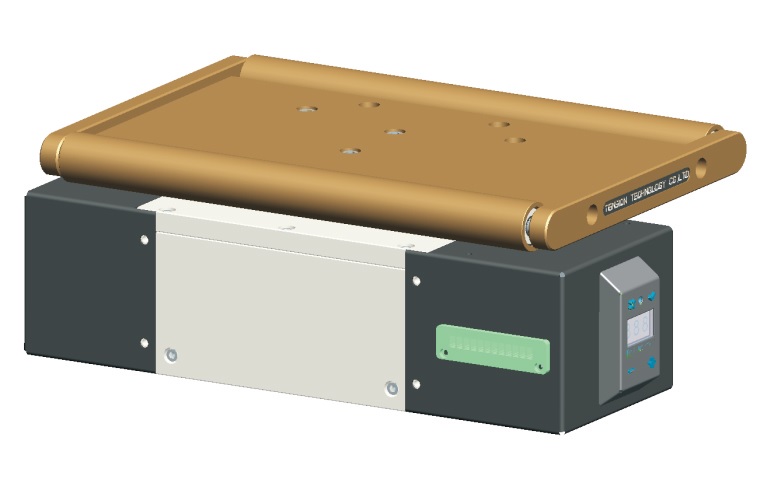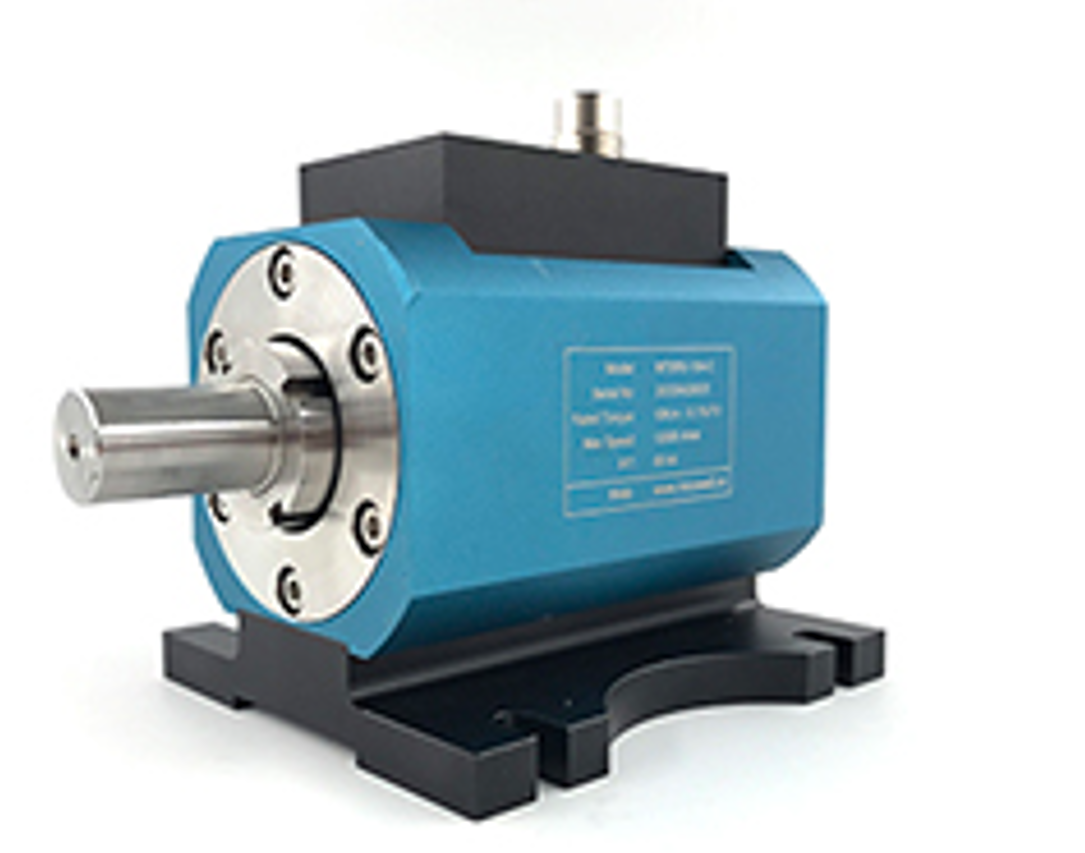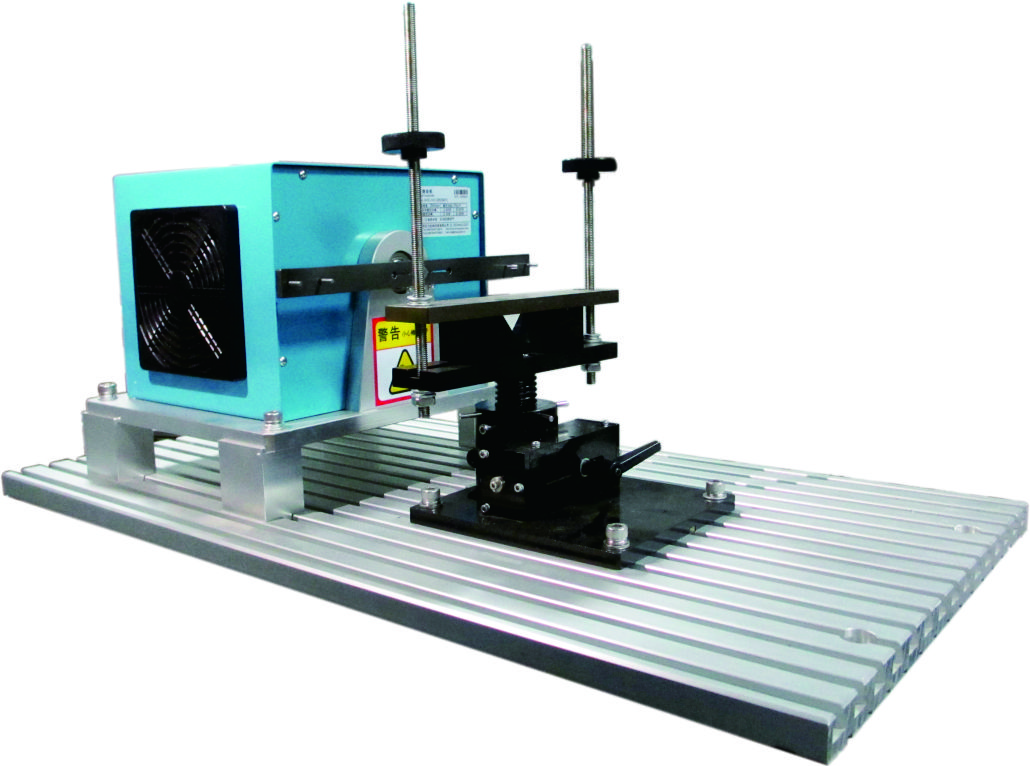In the heart of every factory, laboratory, or research facility lies a silent workhorse—the electric motor. From powering conveyor belts to driving precision robotics, these motors are the lifeblood of modern industry. But what ensures their reliability, efficiency, and longevity? Enter electric motor testing equipment: the unsung hero behind every high-performing motor.

Let’s dive into why this technology isn’t just a “nice-to-have” but a critical pillar for industries aiming to thrive in an era of automation and sustainability.
–––
**Why Electric Motor Testing Matters More Than Ever 🛠️**
Imagine a world where motors fail unpredictably—production lines grind to a halt, delivery schedules collapse, and maintenance costs skyrocket. Inefficient motors alone account for nearly 40% of global industrial electricity consumption, according to the International Energy Agency. The stakes are high, and the margin for error is razor-thin.
Electric motor testing equipment acts as a diagnostic powerhouse. It identifies issues like insulation breakdowns, rotor imbalances, or bearing wear long before they escalate into catastrophic failures. Think of it as a medical check-up for motors, ensuring they’re fit to handle the demands of 24/7 operations.
–––
**The Evolution of Testing: From Analog to Smart Solutions 📈**
Gone are the days of manual inspections and rudimentary voltage checks. Modern testing systems integrate advanced technologies like:
- **AI-Driven Predictive Analytics**: Algorithms analyze historical data to forecast failures and recommend preemptive maintenance.
- **IoT Connectivity**: Real-time monitoring via cloud platforms lets engineers track motor health from anywhere in the world.
- **High-Precision Sensors**: Detect micron-level vibrations or temperature fluctuations invisible to the human eye.
Take the example of a European automotive manufacturer that reduced downtime by 60% after adopting AI-powered testing systems. By predicting bearing wear three months in advance, they saved €2.3 million annually in unplanned repairs.
–––
**Key Features to Look for in Testing Equipment 🔍**
Not all testing systems are created equal. Here’s what sets top-tier equipment apart:
1. **Versatility**: Compatibility with AC/DC motors, generators, and even emerging tech like e-mobility drivetrains.
2. **Scalability**: Modular designs that grow with your operations, from small workshops to multinational plants.
3. **User-Friendly Interfaces**: Drag-and-drop dashboards and automated reporting to streamline workflows.
4. **Compliance**: Certifications like ISO 17025 or IEC 60034 ensure adherence to global standards.
A leading aerospace supplier recently highlighted how customizable testing rigs allowed them to simulate extreme conditions—from Arctic cold to desert heat—ensuring motors performed flawlessly in next-gen aircraft.
–––
**Sustainability: Testing Equipment as a Green Enabler 🌱**
The push for net-zero emissions is reshaping industries. Faulty motors waste energy, and inefficient ones contribute to carbon footprints. hysteresis brake doesn’t just prevent waste—it optimizes performance.
Case in point: A Canadian wind farm used impedance testing to fine-tune their turbine motors, boosting energy output by 12% while reducing wear. Multiply that across thousands of turbines, and the environmental impact becomes monumental.
–––
**The Human Factor: Bridging Expertise and Technology 👩🔬**

Even the most advanced tools are only as good as the people using them. Training programs and collaborative platforms are now integral to testing ecosystems. Augmented reality (AR) overlays, for instance, guide technicians through complex diagnostics, merging hands-on expertise with digital precision.

A veteran engineer in Japan shared how AR glasses reduced inspection times by 45%: “It’s like having a mentor’s knowledge embedded in your workflow.”
–––
**Future Trends: Where Innovation Meets Imagination 🚀**
The horizon is buzzing with possibilities:
- **Digital Twins**: Virtual replicas of motors that allow simulations without physical risks.
- **Quantum Sensing**: Ultra-sensitive detectors for near-instant fault identification.
- **Blockchain Audits**: Immutable records of maintenance history for compliance and resale value.

One startup in Silicon Valley is already prototyping self-healing motors that use testing data to autonomously adjust parameters, effectively “healing” minor faults mid-operation.
–––
**Conclusion: Investing in Reliability Today for Success Tomorrow 🏆**
Electric motor testing equipment isn’t an expense—it’s an investment in resilience. In a world where a single motor failure can ripple into millions in losses, the right testing tools are insurance against uncertainty.
Whether you’re a plant manager, an R\u0026D innovator, or a sustainability advocate, embracing cutting-edge testing technology is your gateway to efficiency, profitability, and planetary stewardship.
The question isn’t “Can we afford to invest in motor testing?” It’s “Can we afford not to?”
–––
Ready to future-proof your operations? Explore how our next-gen testing solutions can transform your motors from liabilities into assets. 🚀🔋
